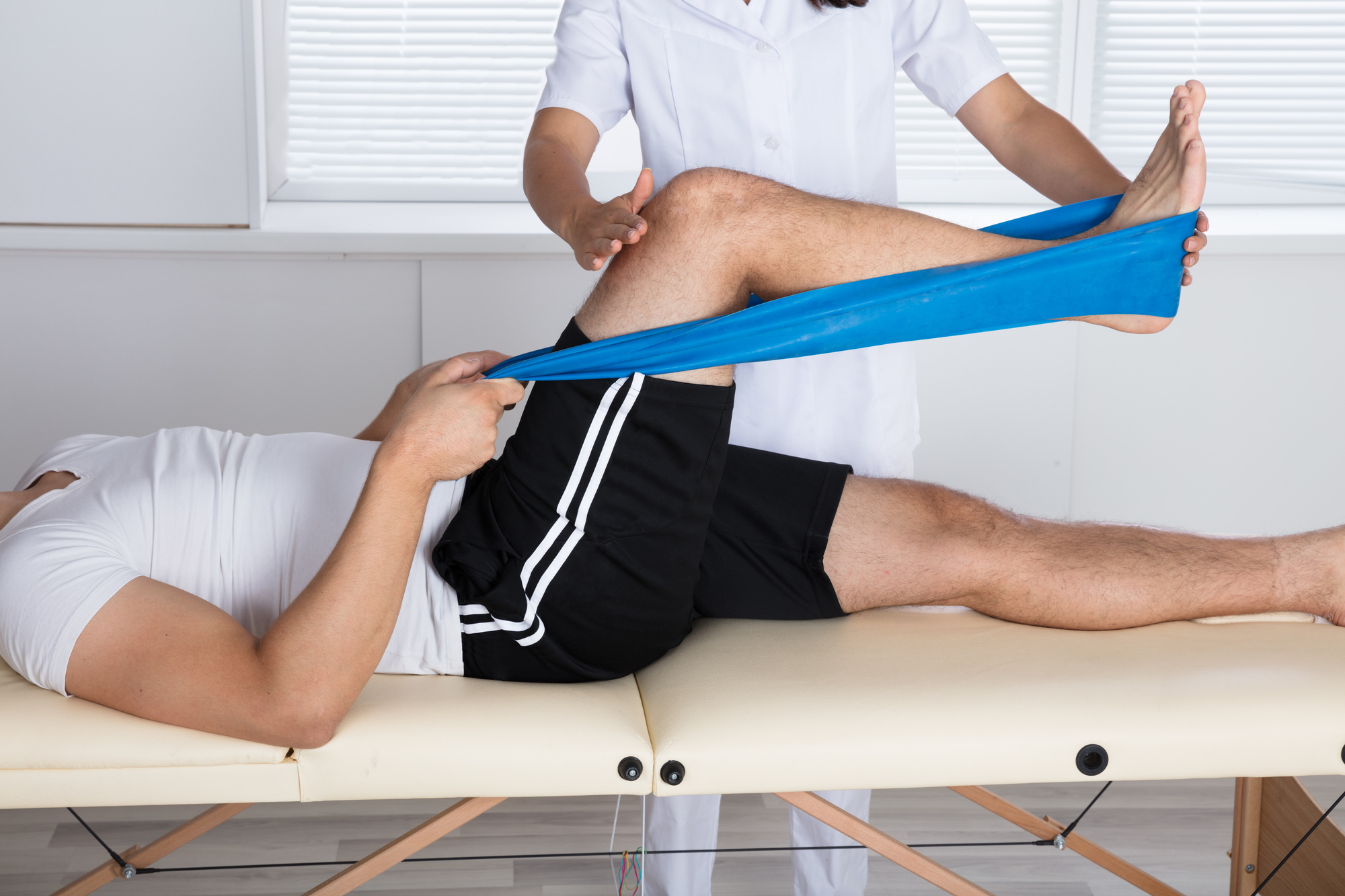
Sudden traumas in athletics can occur unexpectedly and frequently lead to serious problems for athletes. These injuries can vary from twists and tears to breaks and head injuries. To help prevent these traumas, it is crucial to implement focused protective strategies. These strategies focus on education, proper training, equipment use, and overall well-being maintenance. By tackling these important areas, athletes can significantly reduce their risk of suffering from acute traumas while engaging in their favorite sports.
One effective approach to reducing the risk of injuries is through instruction. Players, trainers, and parents should be informed about the common types of traumas associated with particular sports. Understanding the mechanics of these injuries allows everyone to identify the indicators and signals early. Educational workshops or seminars can assist teach athletes about proper techniques and the importance of warming up before games or practices. This understanding enables players to take responsibility for their safety and encourages them to communicate any concerns about potential traumas.
Another important protective strategy is adequate training. Athletes should participate in a comprehensive training program that focuses on building strength, flexibility, and endurance. Strength conditioning helps build the muscle groups that stabilize joints, reducing the likelihood of traumas. Flexibility routines, such as stretching, can improve the scope of motion and decrease the chance of muscle tears. Additionally, players should include sport-specific drills that simulate game situations, which can help them become more acquainted with the movements involved in their chosen activity. Trainers play a crucial role in developing and executing these conditioning programs to ensure they are safe and effective.
The use of suitable gear is also vital in reducing acute traumas in sports. Athletes should consistently wear the appropriate equipment for their particular sport, physical therapy for pre and postnatal care including helmets, pads, and suitable footwear. For example, football players need helmets to shield against head traumas, while football players require shin guards to shield their legs from collision. It is crucial that equipment is fitted correctly and is maintained regularly to guarantee it provides the necessary safeguarding. Trainers and guardians should encourage athletes to take the effort to choose and wear the right gear to minimize their risk of trauma.
In addition education, training, and gear, maintaining overall health is essential for trauma avoidance. Athletes should prioritize adequate nutrition, hydration, and rest to keep their bodies in top condition. A nutritious diet rich in vitamins and minerals helps facilitate muscle recovery and overall athletic performance. Staying hydrated is also crucial, as dehydration can lead to exhaustion and heighten the risk of injuries. Lastly, achieving enough sleep is vital for recovery and upholding focus during practices and matches. By encouraging good health habits, players can enhance their effectiveness and reduce their risk of suffering from acute traumas.
In summary, reducing the risk of acute injuries in sports requires a comprehensive approach that includes awareness, adequate preparation, suitable gear, and overall well-being maintenance. By concentrating on these specific protective strategies, players can more effectively safeguard themselves from the risks of injuries. Coaches, parents, and athletes all have important roles to play in fostering a safe sports environment. By working together and prioritizing safety, the enjoyment of sports can persist without the disruption of serious traumas.
Comments on “Efficient Approaches to Minimize the Risk of Sudden Injuries in Sports Via Targeted Preventative Strategies”